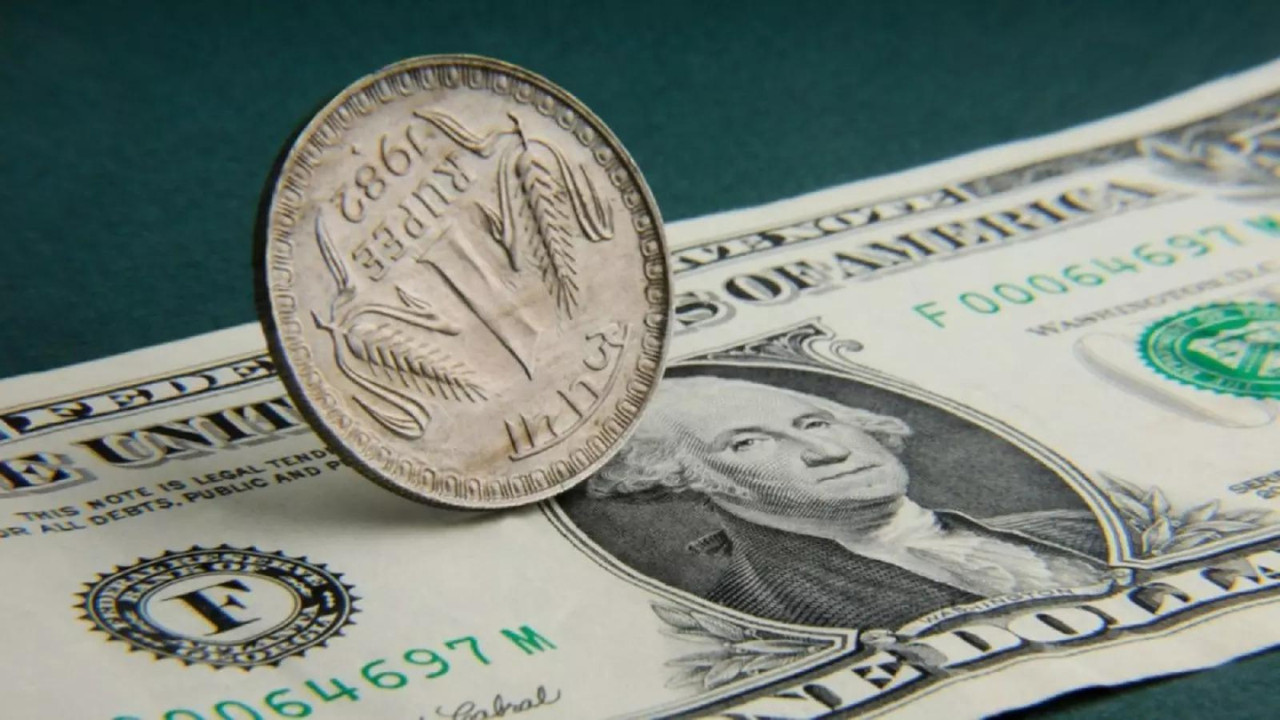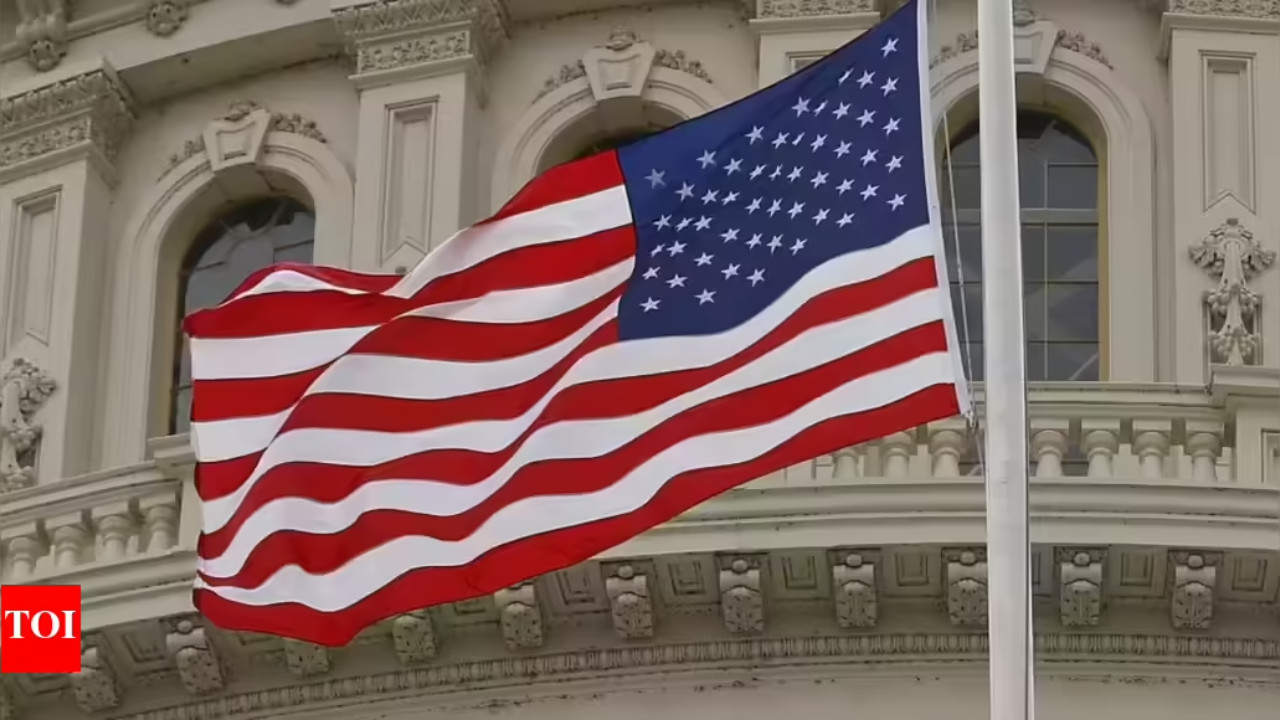The rupee edged up to 85.70 against the US dollar, buoyed by optimism surrounding a potential US-India trade agreement, despite domestic equity markets declining. A commerce ministry team is preparing for further negotiations in Washington, aiming to resolve differences in key sectors. India is also advocating for the removal of additional import duties imposed by the US.
Navigating the Forex Seas: How the Rupee is Holding Its Own
The currency market is a relentless ocean, where economic tides and geopolitical winds constantly buffet nations. Lately, the Indian Rupee has been navigating these turbulent waters with a resilience that’s caught the eye of many. Yesterday, it closed a touch higher, at 83.70 against the US dollar. A small victory, perhaps, but one that speaks to a larger narrative of economic maneuvering amid global uncertainty.
What’s driving this relative stability? Several factors are at play, forming a complex interplay that influences the Rupee’s value. Let’s dive in.
The Push and Pull: Factors Influencing the Rupee’s Trajectory
One of the most significant pressures on the Indian Rupee comes from international trade. Looming tariff discussions and the potential for trade wars create ripples of unease in the forex market. When these talks intensify, investors often seek the perceived safety of the US dollar, putting downward pressure on currencies like the Rupee. Think of it as a global game of tug-of-war, with currencies acting as the rope.
But it’s not all about external forces. India’s own economic health plays a crucial role. Strong domestic growth, coupled with strategic interventions by the Reserve Bank of India (RBI), helps to bolster the Rupee. The RBI often steps in to manage volatility, buying or selling dollars to stabilize the currency and prevent sharp fluctuations that could disrupt the economy. They’re the steady hand at the tiller, ensuring the ship stays on course.
Also impacting the Rupee are the actions of foreign investors. Inflows of foreign capital can strengthen the Rupee, while outflows can weaken it. These investment decisions are often driven by perceptions of India’s economic prospects and the relative attractiveness of Indian assets compared to those in other countries. This makes the rupee susceptible to shifts in global investor sentiment.

Equities Feel the Pinch as Tariff Worries Surface
While the Rupee showed resilience, the Indian equity markets weren’t quite as buoyant yesterday. The shadow of potential tariffs cast a pall over trading, leading to a slight dip in benchmark indices. Investors, understandably nervous about the potential impact of trade restrictions on corporate earnings, opted for a more cautious approach.
This highlights the interconnectedness of the financial world. Currency movements and equity market performance are often intertwined, reflecting a shared sensitivity to global economic developments. Tariff discussions, in particular, can trigger a domino effect, impacting everything from manufacturing output to consumer spending.
The Road Ahead: What to Expect for the Indian Rupee
Predicting the future of any currency is a fool’s errand, but we can identify key factors that will likely shape the Rupee’s path in the coming weeks.
* Global Trade Dynamics: Keep a close eye on those tariff talks! Any escalation could trigger renewed risk aversion and put downward pressure on the Rupee. Conversely, signs of de-escalation could provide a boost.
* RBI Policy: The RBI’s monetary policy decisions will be crucial. Further interest rate hikes could attract foreign capital and strengthen the Rupee, but they could also dampen domestic economic growth. Striking the right balance is key.
* Inflation: If India manages to keep inflation under control, this would support the Rupee and make Indian assets more attractive to foreign investors.
* Geopolitical stability Any global turmoil will surely affect the Indian economy, impacting the Rupee, as well.
Staying Informed and Adapting
In this ever-shifting landscape, staying informed is paramount. Businesses and investors alike need to closely monitor global economic developments and understand their potential impact on the Indian Rupee. Adaptability and a willingness to adjust strategies in response to changing conditions will be essential for navigating the challenges and opportunities that lie ahead.
You can also consider hedging your currency risk, using financial instruments to protect against adverse movements in exchange rates. And of course, diversify your investments to reduce your overall exposure to currency fluctuations.
To further understand the complexities of the Indian economy, check out our article on [India’s evolving manufacturing sector](internal-link-to-manufacturing-article.com).
Ultimately, the future of the Rupee depends on a complex interplay of global and domestic factors. By staying informed and adapting to changing conditions, we can navigate the forex seas with greater confidence.







